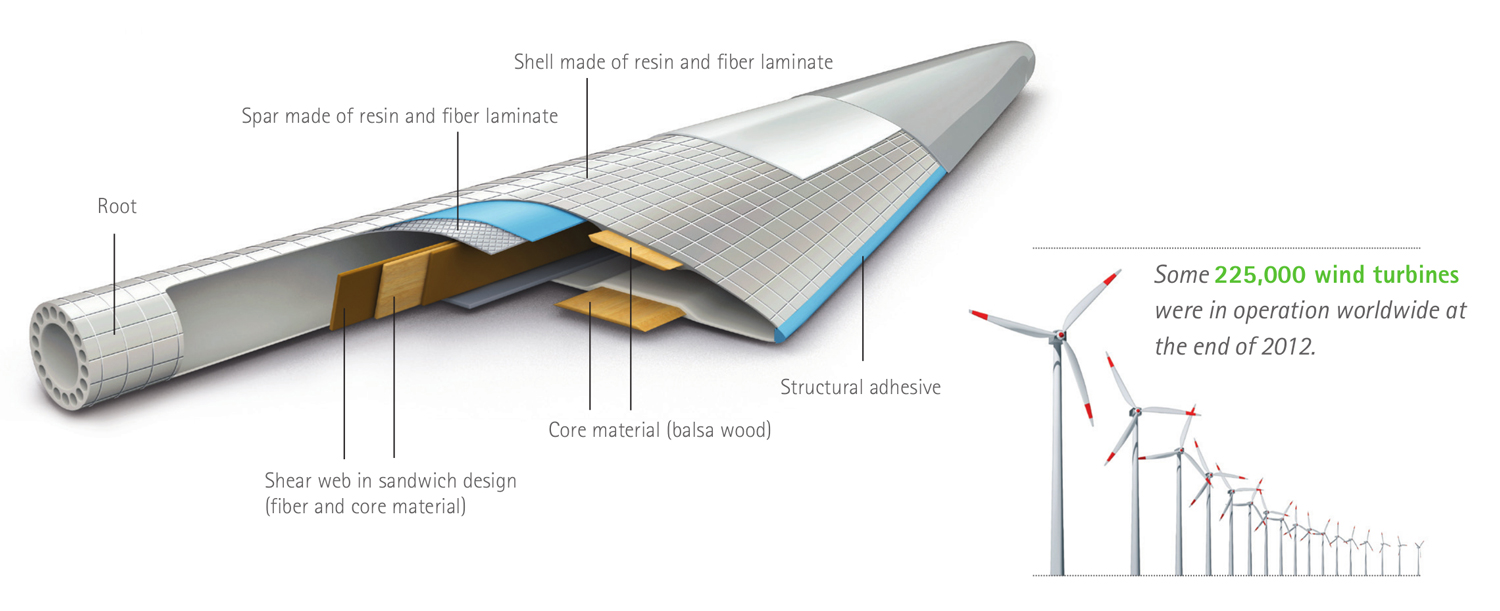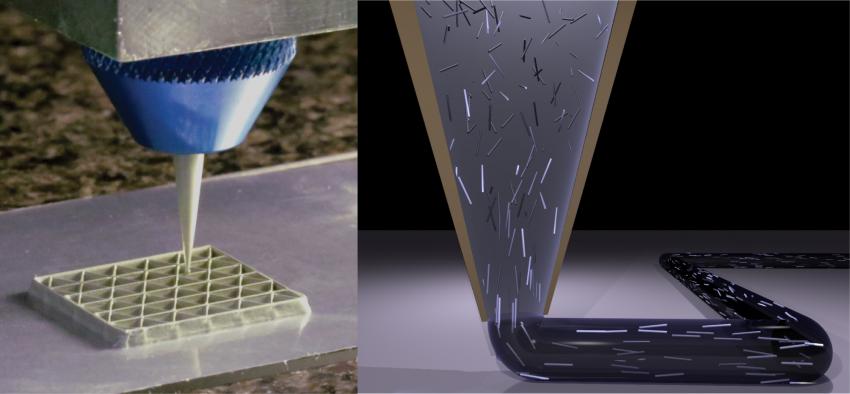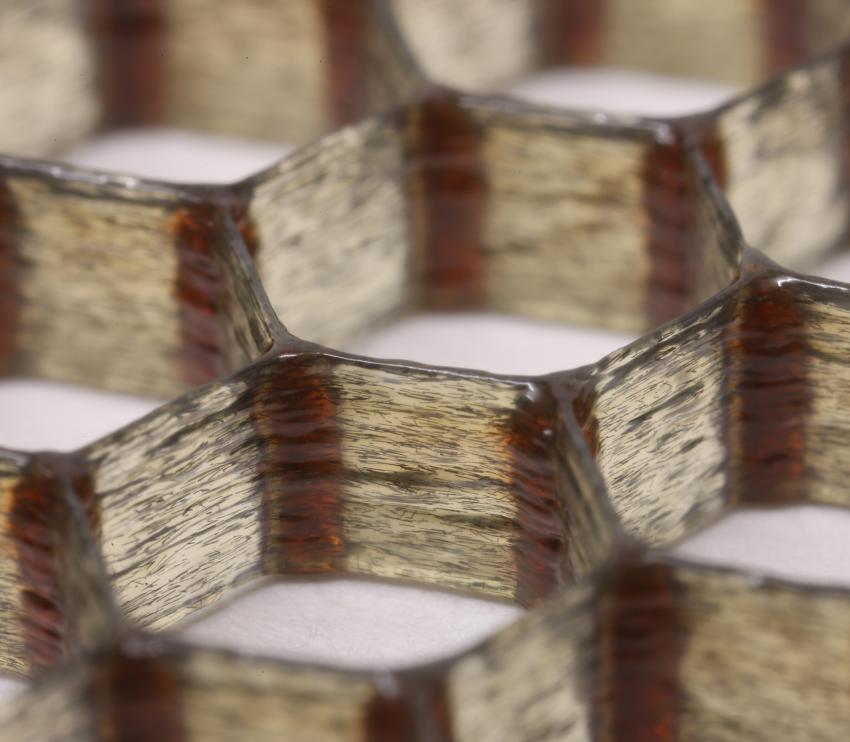Balsa wood isn’t just for building models and crafts, it also has many industrial uses, including being an essential part of the construction of wind turbine blades for wind farms. That may seem to be a very low-tech material for such a high tech machine, but so far balsa wood is still the strongest lightweight material currently available.
However, researchers at the Harvard School of Engineering and Applied Sciences (SEAS) and the Wyss Institute have created a lightweight yet extremely stiff composite material that they say can mimic and possibly improve on balsa wood and any other polymer composites available. They’ve published a paper detailing their process for using resins and 3D printing to create the material in the Advanced Materials journal.
“Balsa wood has a cellular architecture that minimizes its weight since most of the space is empty and only the cell walls carry the load. It therefore has a high specific stiffness and strength,” explains Harvard SEAS Jennifer A. Lewis “We’ve borrowed this design concept and mimicked it in an engineered composite.
The process involves creating epoxy resins that contain two types of fillers, silicon carbide “whiskers” and carbon fibers. By using a 3D printer to create the structures with the resin, the scientists were able to control the orientation of the fillers. This specific orientation allows the cured resins to mimic the tensile strength of wood. Think about trying to split a piece of firewood, it is much easier to do if you chop it with the grain rather than against it, the properties of the finished resin material work the same way.
The new 3D printing material is reportedly 10 to 20 times stronger than any available commercial 3D printer polymers and twice as strong as any 3D printer polymer composites. This new lightweight material could also have applications in the automotive industry where maximizing fuel efficiency is dependent on reducing the weight of vehicles. The new material is still being studied, and researchers promise that as they develop better ways to manipulate the filler alignment they can optimize the component design and improve the efficiency and strength of the material.






